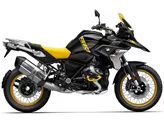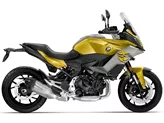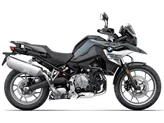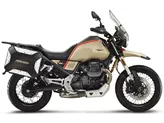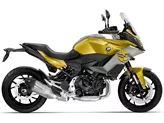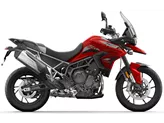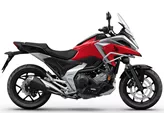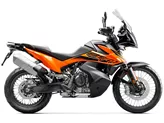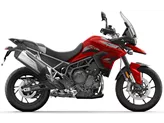BMW F 900 XR 2020 vs. BMW R 1200 GS 2016
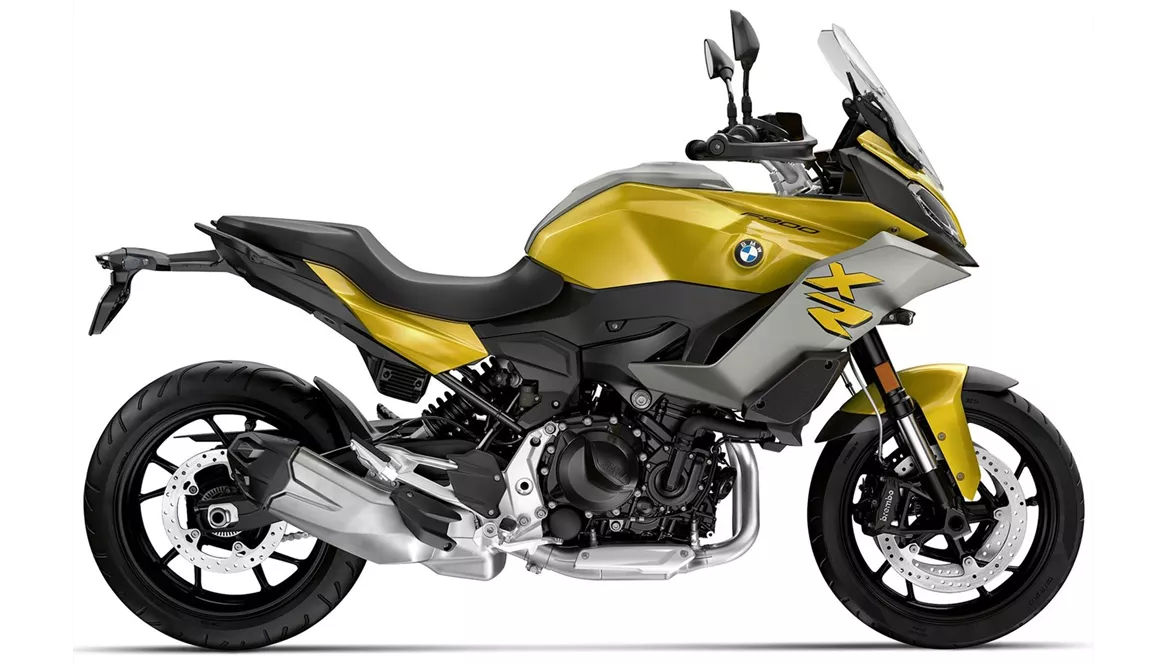
BMW F 900 XR 2020

BMW R 1200 GS 2016
Vue d’ensemble - BMW F 900 XR 2020 vs BMW R 1200 GS 2016
The BMW F 900 XR 2020 and the BMW R 1200 GS 2016 are both sport touring motorcycles from BMW, but they have some notable differences in their technical specifications and strengths.
Starting with the engine and drive train, the BMW F 900 XR 2020 features an in-line, 2-cylinder engine with a displacement of 895cc. It produces 105 horsepower and 92 Nm of torque, delivering a resilient and powerful performance. On the other hand, the BMW R 1200 GS 2016 has a boxer, 2-cylinder engine with a displacement of 1170cc. It offers a higher power output of 125 horsepower and 125 Nm of torque, making it even more powerful than the F 900 XR.
In terms of transmission, the F 900 XR uses a chain drive, while the R 1200 GS utilizes a prop shaft drive. Both options have their advantages and disadvantages, with the chain drive offering a lighter and more efficient power transfer, while the prop shaft drive provides a smoother and more durable operation.
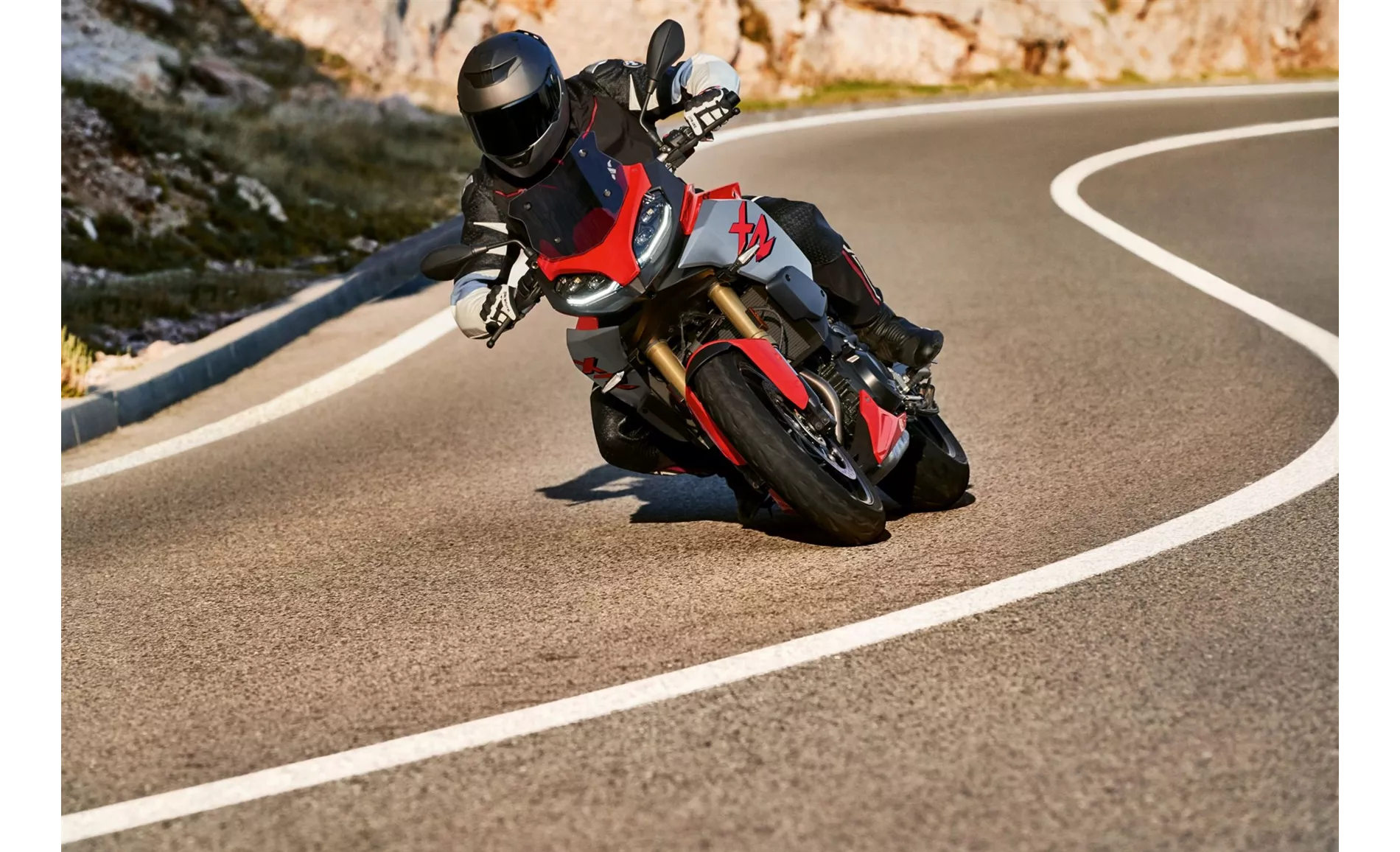
BMW F 900 XR 2020
Moving on to the suspension, the F 900 XR is equipped with an upside-down telescopic fork at the front and a swing arm suspension at the rear. It also offers adjustments for preload and rebound, allowing riders to fine-tune their riding experience. On the other hand, the R 1200 GS features a strut front suspension and a single swing arm suspension at the rear, with only preload adjustment available. While both motorcycles have capable suspension systems, the F 900 XR's upside-down fork may provide better handling and stability.
In terms of chassis, both motorcycles have a steel frame with a twin tube design that serves as a load-bearing engine. This design provides a strong and rigid structure, ensuring stability and durability.
When it comes to brakes, both motorcycles feature double disc brakes at the front. However, the F 900 XR's Brembo brakes are highly regarded for their performance and stopping power. The R 1200 GS's brakes are also effective but may have a sharper bite, which could require some getting used to.
In terms of dimensions and weights, the F 900 XR has a slightly shorter wheelbase of 1518mm compared to the R 1200 GS's 1507mm. The F 900 XR also has a lower seat height of 815mm, making it more accessible for riders of different heights. However, the R 1200 GS has a larger fuel tank capacity of 20 liters, providing a longer range between refueling.

BMW R 1200 GS 2016
Considering the strengths of each motorcycle, the F 900 XR 2020 offers a resilient and powerful engine, variable ergonomics for customizable comfort, sufficient wind protection, great Brembo brakes, stylish looks, and a wide range of accessories. On the other hand, the R 1200 GS 2016 boasts a powerful engine, low fuel consumption, a comfortable seating position, off-road capabilities, and a high reputation.
However, both motorcycles have their weaknesses. The F 900 XR has been noted to have a behavioral sound, which may be a concern for some riders. On the other hand, the R 1200 GS has a long and expensive surcharge side, and its Telelever front suspension may take some getting used to. Additionally, the R 1200 GS's brakes have been described as very sharp, which may require careful modulation.
In conclusion, the BMW F 900 XR 2020 and the BMW R 1200 GS 2016 are both impressive sport touring motorcycles with their own set of strengths and weaknesses. The F 900 XR offers a powerful and versatile performance, while the R 1200 GS provides a powerful and renowned off-road capability. Ultimately, the choice between the two will depend on the rider's preferences and intended use.
Caractéristiques techniques BMW F 900 XR 2020 par rapport à BMW R 1200 GS 2016
Avantages et inconvénients en comparaison
Avantages et inconvénients en comparaison
BMW F 900 XR 2020
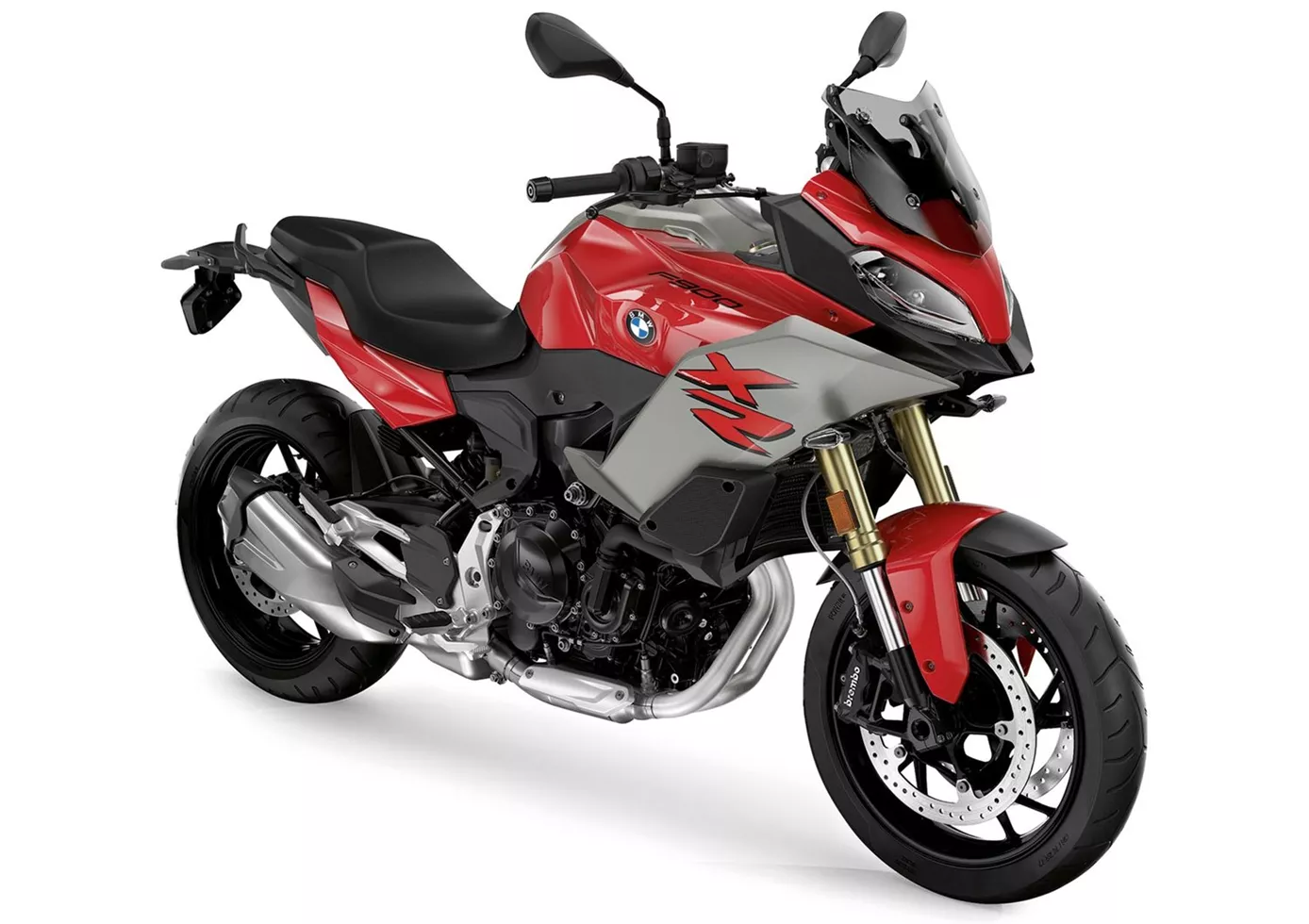
La nouvelle BMW F 900 XR prouve qu'il n'est désormais plus nécessaire d'aller au-delà de la classe moyenne. Avec 105 ch, on n'est jamais sous-motorisé et le bicylindre offre suffisamment d'élasticité pour être à la fois détendu et très sportif. Sa qualité solide et sa technique éprouvée de grande série de la série F 850 en font un compagnon parfait si l'on veut se déplacer sportivement sur la route avec un grand confort. L'équipement de base est suffisant, mais la gamme d'accessoires BMW offre suffisamment d'options pour composer la moto de ses rêves (recommandation : assistant de changement de vitesse Pro !).
BMW R 1200 GS 2016
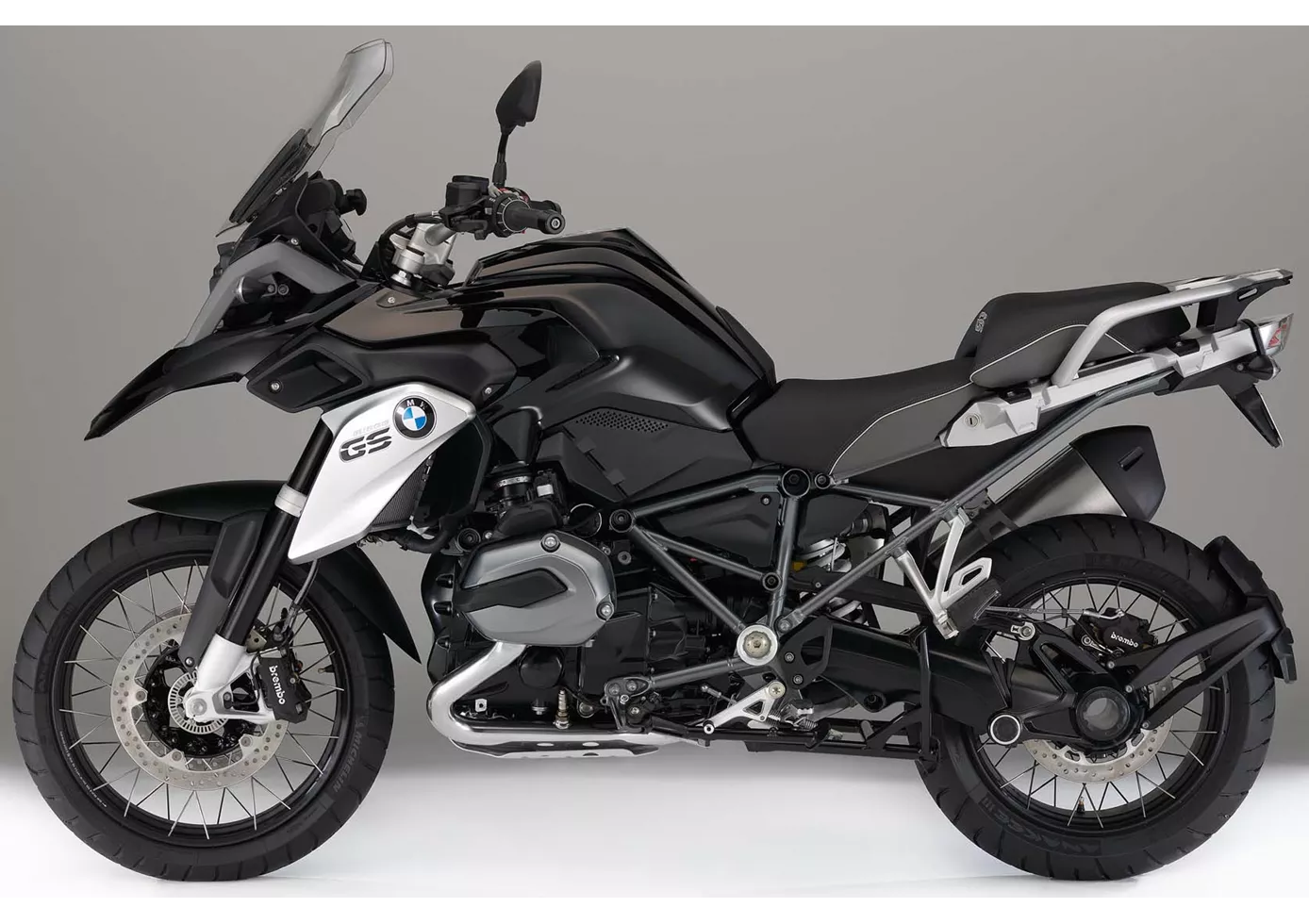
Une GS est à l'aise presque partout - mais sur la piste de course, elle ne l'est que dans une certaine mesure. C'est un plaisir de ressentir la puissance du bicylindre boxer partiellement refroidi par eau à la sortie des virages - 125 ch ne semblent que sur le papier beaucoup plus faibles que 150 ou même 160 ch chez la concurrence. Avec un couple de 125 Newton-mètres, l'attaque par le bas est de toute façon magnifique et la GS, avec ses 238 kilos prête à rouler, ne traîne pas trop de poids malgré son allure imposante. Dans les virages très serrés, le centre de gravité bas a un effet positif - la BMW R 1200 GS est très difficile à casser ! Même la suspension avant Telelever, qui supprime le tangage de la roue avant lors du freinage, s'adapte parfaitement à l'ensemble de la GS et ne peut que légèrement atténuer son caractère sportif.
Comparaison des prix Prix moyen du marché BMW F 900 XR vs BMW R 1200 GS
There are a few key differences between a BMW F 900 XR 2020 and a BMW R 1200 GS 2016. In terms of price, the actual average price of a BMW R 1200 GS 2016 is about 35% higher. A BMW F 900 XR 2020 experiences a loss of 740 USD in one year and 830 USD in two years of ownership. This is offset by a loss of 410 USD and 880 USD for a BMW R 1200 GS 2016. Compared to BMW R 1200 GS 2016 there are less BMW F 900 XR 2020 bikes available on the 1000PS.de Marketplace, specifically 13 compared to 47. It takes less time to sell a BMW R 1200 GS with 70 days compared to 75 days for the BMW F 900 XR. Since model year 2020 1000PS.de editors have written 23 reviews for the BMW F 900 XR and 98 reviews for the BMW R 1200 GS since model year 2005. The first review for the BMW F 900 XR was published on 11/5/2019 and now has more than 136,400 views. This compares to more than 19,100 views for the first review on BMW R 1200 GS published on 1/20/2004.











